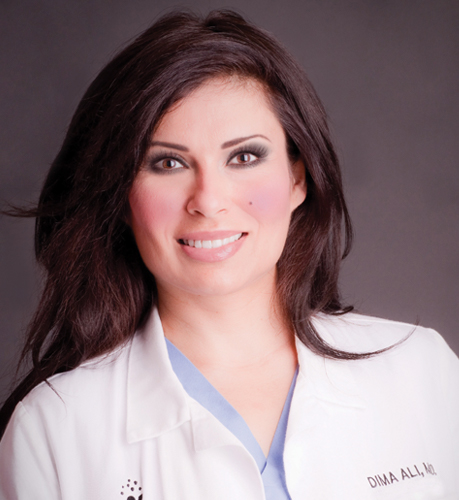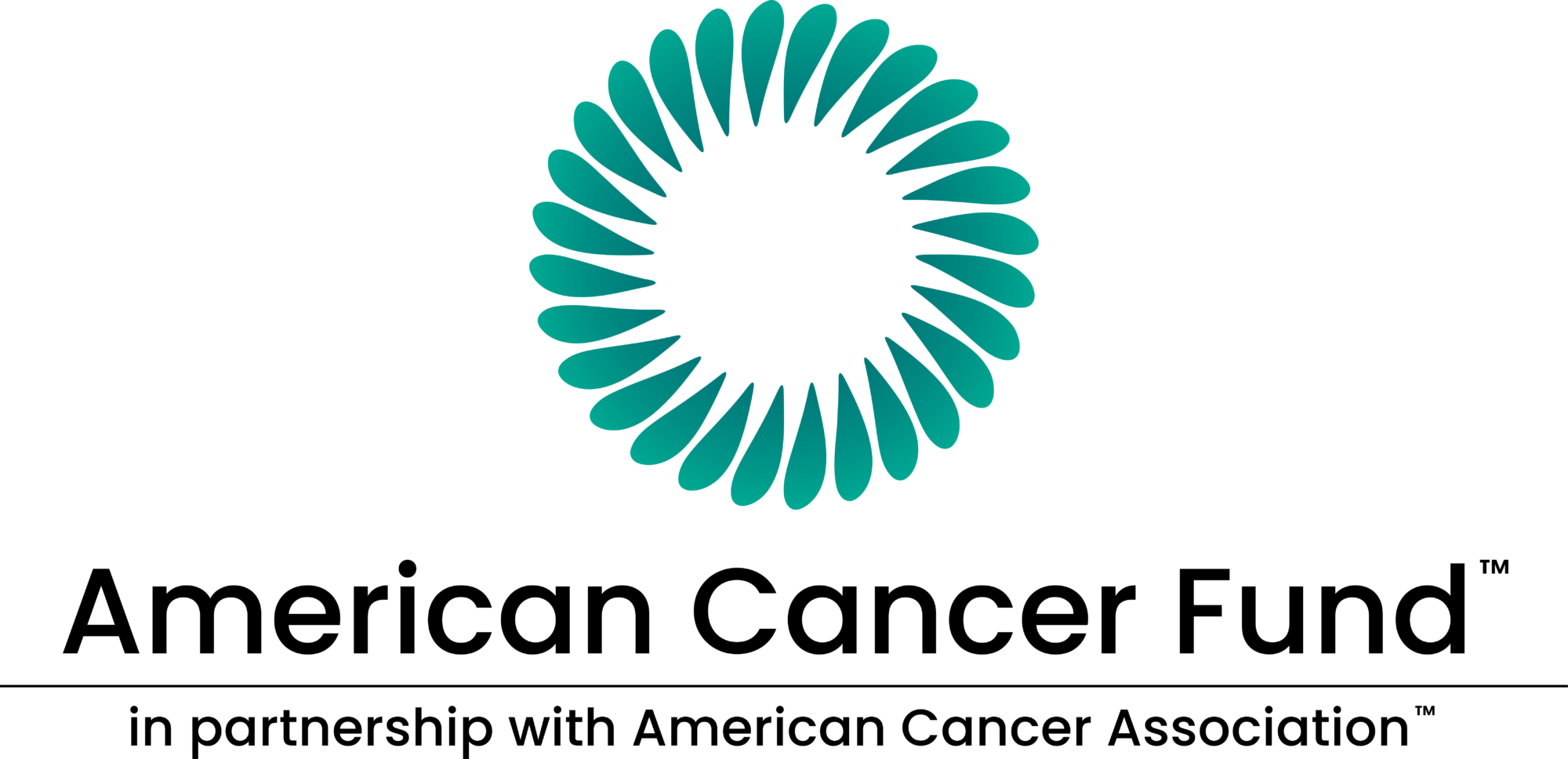Safe Tanning And the Definition of
UV Rays and UV Radiation
UV radiation is part of the electromagnetic (light) spectrum that reaches the earth from the sun. There are 3 different types of UV radiation; UVA, B and C. UVC is the strongest wavelength but is also the shortest and usually gets absorbed by the ozone layer before it reaches the earth. UVB is responsible for most burns. UVA (UVAI and UVAII) is the least intense, but the most deeply penetrating. UVA and UVB can causepremature skin aging, eye damage (i.e. cataracts) and skin cancer.
95% of all UV rays are UVA, though less intense than UVB rays they are 30-50 times more common. UVB rays intensity varies by season, location and time of day. They are strongest between 10 am and 4 pm from April through October in the US. But they can burn you all year round especially around snow and ice since 80% of rays are bounced back at you and you are hit twice by them. UVA rays are relatively constant all day, every day and can penetrate through clouds and glass. Yes, there are UV rays on rainy, cloudy days even though you can’t see them. Wear your sunscreen!!
Even though UV radiation gives us an awesome tan, UV radiation damages the skin’s cellular DNA and can produce genetic mutations leading to skin cancer. Our tan is the body trying to protect itself from more DNA damage, whether from direct sunlight or tanning beds. As Dr. Dima says ‘The tanning bed bulbs emit UVA radiation which is less likely to burn you than UVB radiation. An easy way to remember this is UVA: ‘U will get VERY AGED skin’ and UVB: ‘U will get VERY BURNED.’
Bottom line though is that they both cause wrinkles and skin cancer.’ You can protect yourself from the damaging UV rays in many ways:
About the Author:

Dr. Dima Ali
Dima Ali, M.D. is an internationally recognized Aesthetic and Anti-Aging Medicine expert. Her areas of expertise include aesthetic laser surgery, minimally invasive face lifts, and bio-identical hormone replacement therapy.
Dr. Ali received her undergraduate degree at Southern Methodist University in Dallas, TX . After receiving her Doctorate of Medicine and completing a general residency training at The George Washington University School of Medicine, Dr. Ali devoted all of her postgraduate work on her passion of Cosmetic Dermatology, Cutaneous Laser Surgery, Anti-Aging Medicine and cosmetic formulations. “Dr. Dima,” as her patients and colleagues affectionately call her, founded one of the East Coasts first medical spas, WellMedica Aesthetic & Anti-Aging Medicine in Reston, VA.
Dr. Dima’s Cosminology (clinical skincare & clinical mineral coverage) was created by Dr. Dima Ali, and inspired by her personal sensitivity to harsh, over the counter and prescription strength topical treatments. As a long-time acne sufferer with a propensity for hyperpigmentation, Dr. Dima began to combine varying strengths of potent, rejuvenating ingredients with natural, anti-inflammatory botanical extracts and essential oils to treat her own skin conditions and those of her patients.
Feel prepared for every appointment
Carrying the right information can empower you during your cancer care journey. Use these tools to help organize this information so you can be an active participant in your cancer care.
Keep them handy for use at home and bring them along to your doctor visits and other medical appointments.


